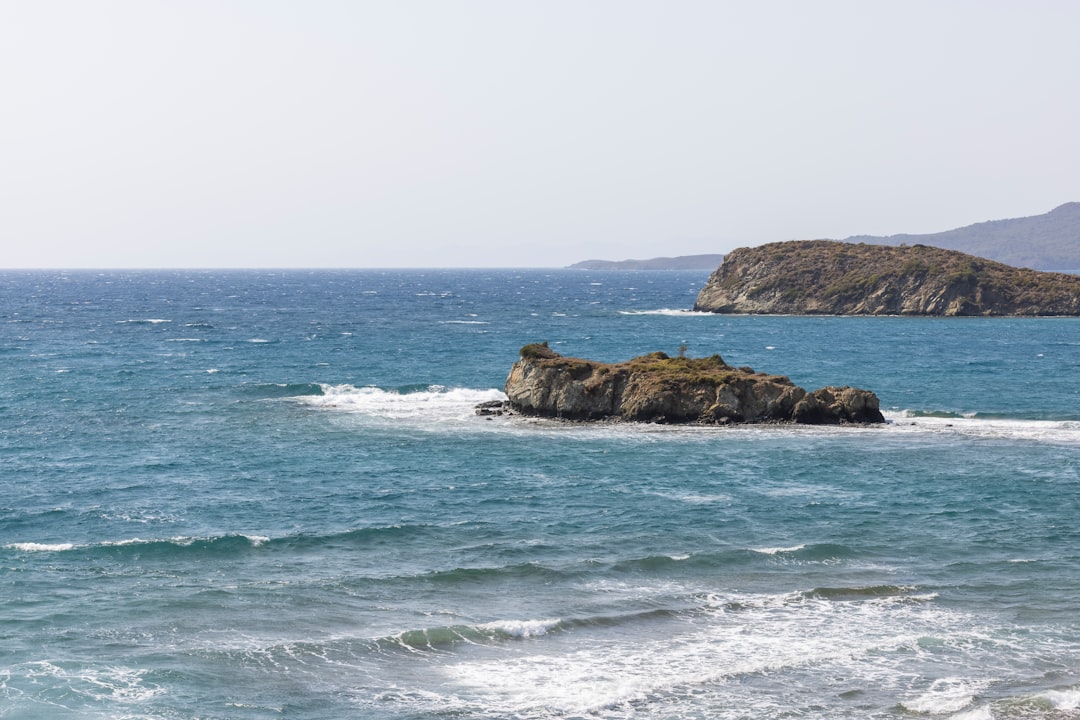What is it about?
Desiccation is one of the harshest environmental stresses severely affecting a wide range of cellular structural and functional processes. Although most organisms cannot survive in extremely arid environments, some species ranging from microbes and plants to animals (such as water bears) can recover from a typically fatal long period of complete dehydration. Hence, a topic of general interest is put forward: how to dry but not to die. Here we constructed knockout mutants of N. flagelliforme and found that a special gene cluster (hlips-cluster) composed of four tandemly repeated hlips is involved in desiccation tolerance.
Featured Image

Photo by Maxime Jacquet on Unsplash
Why is it important?
This study provides insights into the mechanism of desiccation tolerance in photosynthetic organisms.
Read the Original
This page is a summary of: Coevolution of tandemly repeated
hlips
and RpaB-like transcriptional factor confers desiccation tolerance to subaerial
Nostoc
species, Proceedings of the National Academy of Sciences, October 2022, Proceedings of the National Academy of Sciences,
DOI: 10.1073/pnas.2211244119.
You can read the full text:
Contributors
Be the first to contribute to this page










